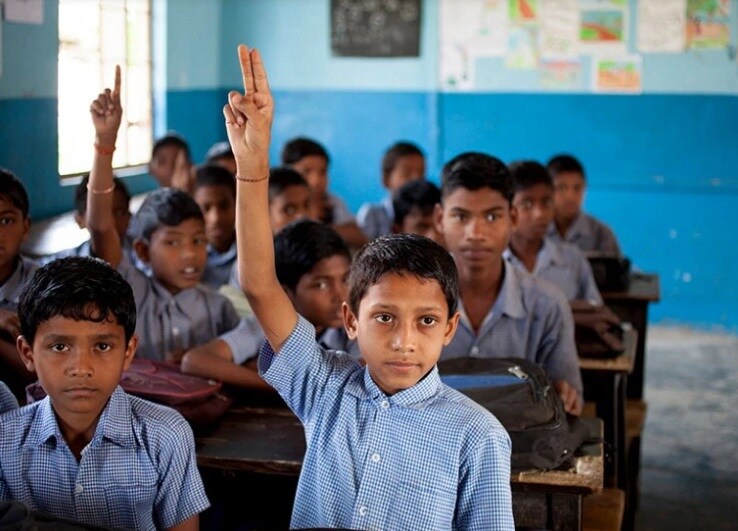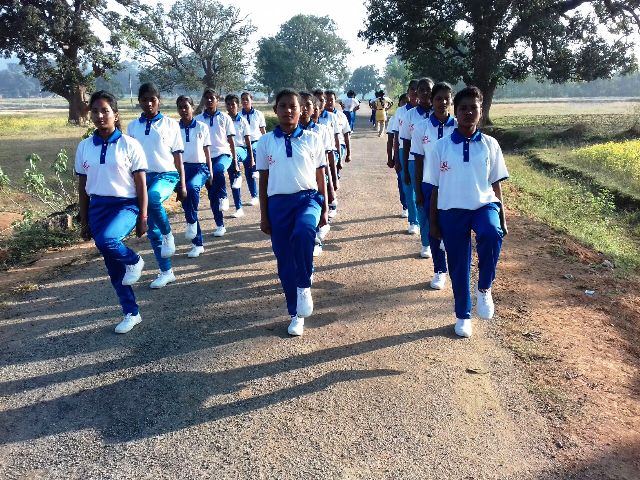In an attempt to prevent child marriages, school dropout and boosting higher education especially among girl children, the Government of Jharkhand has been running the Savitribai Phule Kishori Samriddhi Yojana (SPKSY) scheme. Under this scheme scholarships totalling Rs 40,000 is provided to the beneficiary in six instalments. The scheme which was launched by the Hemant Soren-led government is aimed at encouraging higher education among adolescent girls across the state.
This financial assistance from the state government is a major support to a lot of girls belonging to the marginalised sections of the society to fulfil their dreams of pursuing higher education. This scheme has not only helped combat the issue of child marriage in the state but has also played a role in reducing the number of dropouts of girl students from schools.
Benefits of SPKSY scheme
Under the Savitribai Phule Kishori Samriddhi Yojana scheme or SPKSY, a total amount of Rs 40,000 is given by the state to the girl student in six instalments. Girls students in classes VIII to XII get Rs 20,000 in five instalments and Rs 20,000 in one instalment when they reach the age of 18 or 19.
In 2023-24, reportedly over 7.15 adolescent girls were part of the scheme and the benefits were given to over nine lakh girls.



